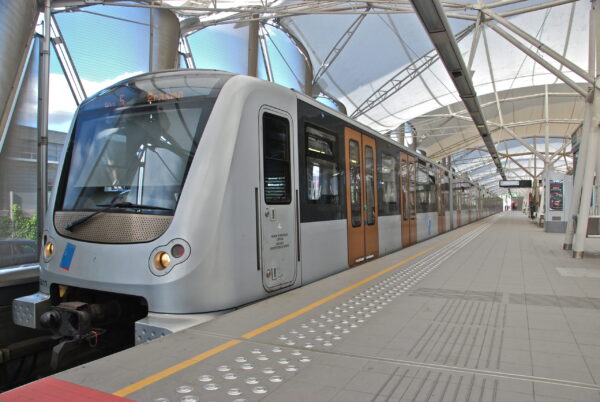$3 billion. This is the amount that the Angolan government is preparing to mobilize to finance the first phase of Luanda’s surface metro, a strategic project intended to transform mobility in a capital suffocated by traffic jams. Failing to attract private investors, the Angolan state is taking the reins alone of a construction project called to permanently reshape the face of the city.
According to Ricardo D’Abreu, Minister of Transport, this choice stems from the “complexity of the project,” which would have hindered private sector participation at this initial stage. The government is therefore opting for full funding from public funds, while planning to open subsequent phases to public-private partnerships (PPP) to ensure continuity and financial viability of the program.
The first stage of the project involves 60 kilometers of railway tracks, connecting several strategic areas of the capital, including the new António Agostinho Neto International Airport, located over 40 kilometers from the city center. While a railway link already exists, its performance remains limited, hampered by technical constraints and restricted speed. The future surface metro thus aims to offer a quick, modern, and reliable solution to a rapidly expanding conurbation.
Beyond the infrastructural aspect, this project is part of the National Urban Mobility Improvement Program, a cornerstone of government policy aimed at relieving congestion in Luanda, a sprawling metropolis of over 10 million inhabitants, according to World Population Review estimates. The goal is clear: modernize a transport network long lagging behind and support the economic competitiveness of a city driving Angolan growth.
Final technical studies are expected to be completed by December 2025, paving the way for the effective start of construction in 2026. If the schedule is respected, Luanda could usher in a new era of urban mobility, symbolizing the country’s willingness to rely on public investment to lay the foundations for sustainable and inclusive urban development.
It should be noted that only six African countries currently have a metro in operation, while four others have similar projects underway or in the construction phase.


